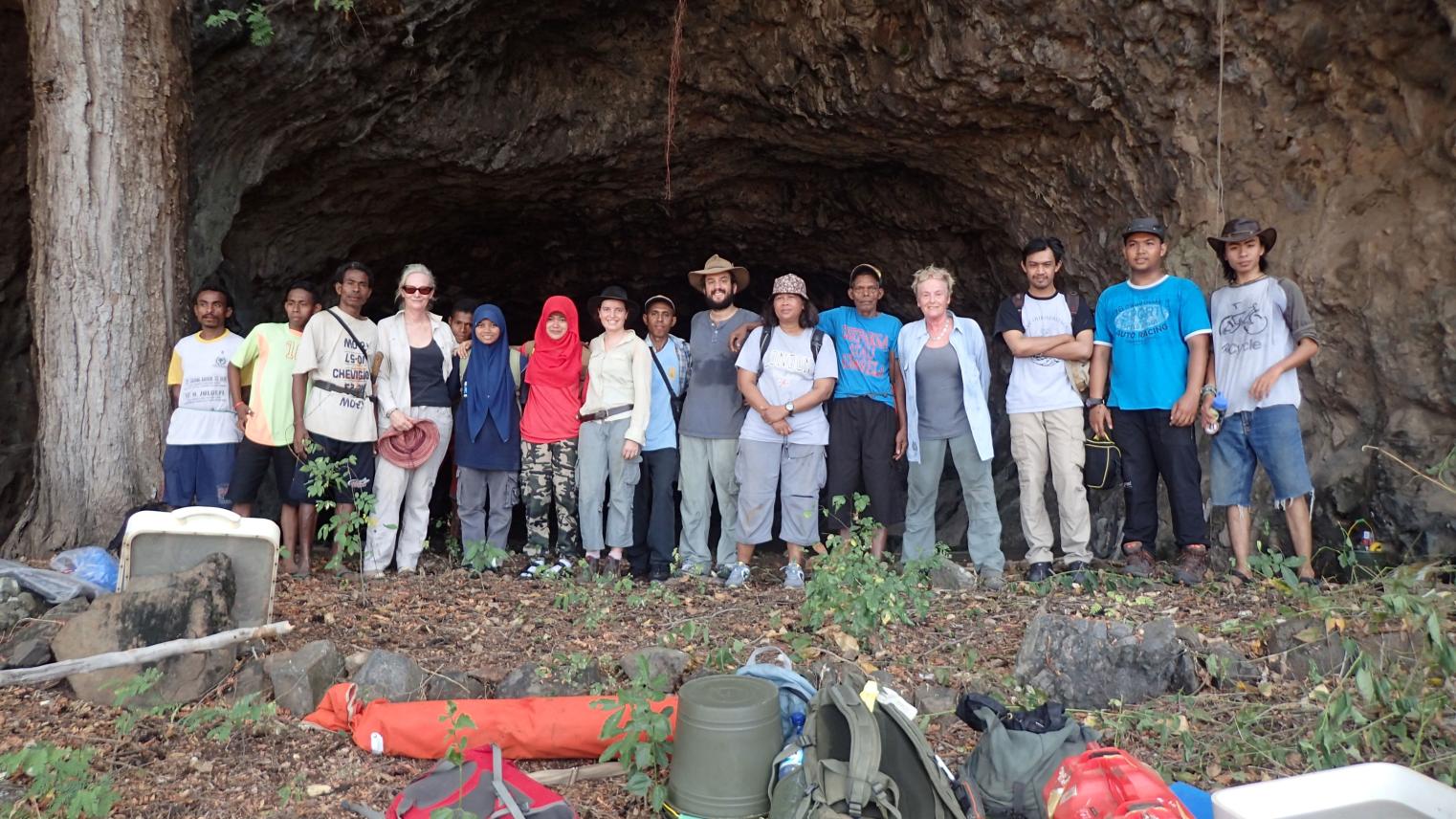Indonesian and Australian archaeologists unearthed stories of ancient climate change adaptation

The collaborative efforts of Indonesian and Australian archaeologists have unearthed compelling evidence of human settlement on Alor, East Nusa Tenggara, around 43,000 years ago. The project also unveils a remarkable story about the resilience of early human species in adapting to climate change.
Alor is a small island that acts as a significant waypoint in prehistoric migration routes between mainland Southeast Asia and Australia. The archaeologists found that early human settlements showed evidence of the diverse strategies employed by ancient inhabitants to secure food resources.
From stone tools to remnants of marine shell and sea urchins, the archaeological record paints a vivid picture of human life and adaptation. Radiocarbon dating of charcoal and marine shell fragments provided direct evidence of human occupation, pushing back the timeline for human presence on Alor Island and doubling previous estimates.
During the 43,000 years of human occupation, Makpan witnessed a series of significant fluctuations in sea levels driven by extreme climate changes during the last Ice Age. These changes pushed early inhabitants of Makpan cave to adapt to changes in their surroundings.
Early habitation phase
During the early habitation phase, sea levels were lower, and coastal resources were readily accessible. This facilitated a marine-focused diet for the early inhabitants.
As the sea level fell during the Late Pleistocene (ice age) era, it encouraged people to broaden their diet away from an intensely marine focus to include a variety of land-based fruits and vegetables, as well as terrestrial fauna.
Pleistocene-Holocene transition phase
As sea levels rose during the Pleistocene-Holocene transition, evidence suggests increased utilisation of marine resources, including fishing in sheltered bays and deeper waters. The archaeologists found evidence of fishing tools in the form of shell fishhooks, sinkers, and files made of coral used to make the hooks.
Late Habitation Phase
Rising sea levels in the Early-Middle Holocene led to the loss of sheltered bay resources, prompting a shift towards terrestrial foods and a decline in occupation intensity. The abandonment of Makpan Cave around 7,000 years ago is unexplored by this research, though rising sea levels may have played a role in encouraging relocation to more favourable settlement locations.
The Neolithic reoccupation of Makpan Cave, approximately 3,500 years ago, marked a significant technological and lifestyle shift, characterised by the emergence of pottery and domesticated animals.
The archaeological findings from this collaboration underscore the adaptive capabilities of early humans in response to global climate change.
Authors
Shimona Kealy - Postdoctoral Researcher, College of Asia & the Pacific, Australian National University
Hendri A. F. Kaharudin - PhD Student & Research Assistant, Australian National University
Sue O'Connor - Distinguished Professor, School of Culture, History & Language, Australian National University